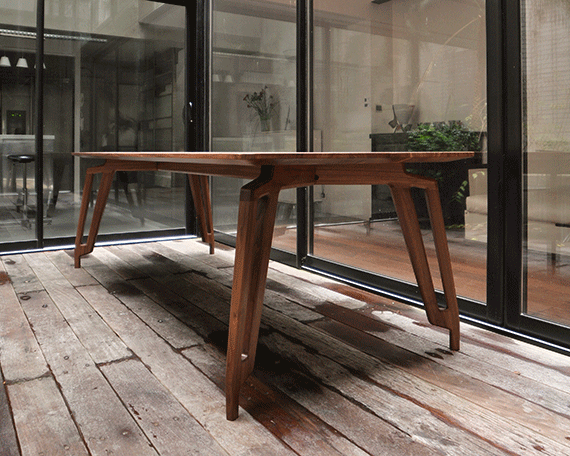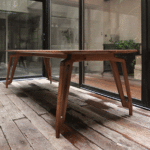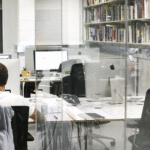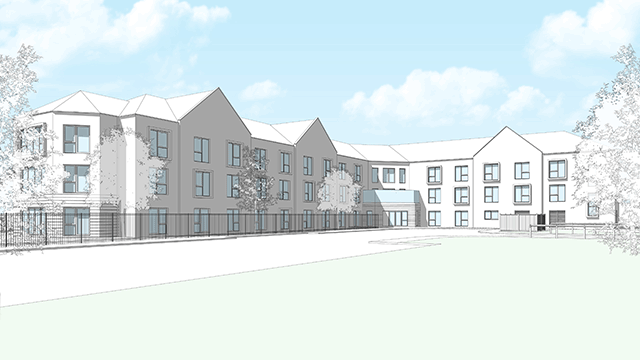
London is making things again. In a warehouse in Kew, Brompton is building more than 45,000 bicycles a year. In a council-owned building in London Fields, a craftsman is creating a prototype for self-supporting shelves. In a shared Fab Lab in the City entrepreneurs are experimenting with 3D printers and virtual reality kit to create the next products woven into the internet of things.
The industry need take note. British manufacturing growth climbed to a two-and-a-half-year high in December, according to the Markit/CIPS UK Manufacturing Purchasing Managers Index. And it’s not only a revival of the UK’s Victorian industrial heartlands of Sheffield and Manchester. In 2015, 135,000 people were working in manufacturing in the capital, according to the Greater London Authority – the same number as the working population of Newcastle upon Tyne.
Manufacturers have different workspace needs. Forget hot-desking, think collaborative making space and micro-factories. Market Tech, which owns Camden Market, is considering creating shared creative space for fashion designers, food manufacturers and music producers.
“We’ve launched in the region of 1,000 co-working desks, and that used to be tech and creative industries,” says Market Tech chief executive Charles Butler. “And we’re looking at the moment at whether we can take that to the next level. Can we look at an area for fashion co-working? It’s called co-working but really it’s a community of like-minded people that have shared facilities and a shared community environment where they can share ideas as well.”
It’s all part of a wider push at Market Tech to provide an environment in which people can make and sell. In Camden Lock Market, NW1, Chin Chin Labs is already making and selling its ice cream flavours, freezing them with liquid nitrogen on site and serving them in an “industrial cafe”. Around the corner Half Hitch occupies a 20-acre site for its gin distilling and warehousing factory from which it also sells its product. At its new 580,000 sq ft Hawley Wharf development by the Regent Canal, Market Tech has allocated a number of arches for manufacturers to make and sell products.
“The consumer wants more authenticity, wants to see the provenance of what we’re selling, and wants more of an experience when they’re shopping,” Butler says.
“Made in London” is a label that savvy creatives know will allow them to sell their products at a premium. However, to afford to be located in the capital, they are increasingly looking to move further east, from the creative hub around Brick Lane, E1 towards London Fields, E8.
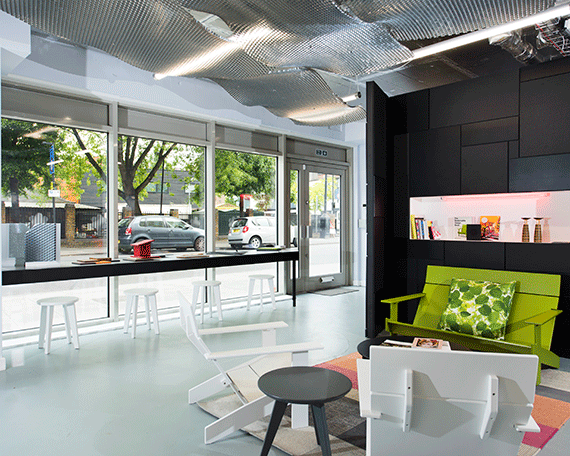
Hackney Council has responded to the inflow of craftsmen to London Fields by creating a dedicated workspace hub at Westgate, with 8,000 sq ft let to seven tenants. The council acquired the long lease for the ground floor from Notting Hill housing association in 2012. “There’s always been a creative community here but really I think there’s been an exponential growth in that over the past couple of years,” says Hackney Council’s head of commercial estate Jonathan Angell.
Rents at Westgate are £27-£30 per sq ft, in line with market rents for the area and around half the quoting price for workspace in Shoreditch, EC1. Lease lengths range from five to seven years.
Sculptor Charles Trevelyan, who creates limited edition pieces for Mayfair’s Carpenters Workshop Gallery, moved into one of the units after he was forced to move out of his Hackney studio because it was being turned into flats. He says he prefers a five-year lease because he tends to take on five-year projects. Locating in a space with other craftsmen means they can share equipment.
“That’s certainly an advantage of being somewhere like this,” he says. The centre is around the corner from Netil House, a makers’ co-working space opened in 2015 by carpenter Ben Revill. It includes a café, gallery and bar.
Creative agency Village Green, the company behind the branding for the AlphaBeta building, EC2, moved from Old Street to London Fields in December after its previous council landlord decided to move tenants out and do a refurbishment. Creative director Seb Marling says workspace cost is very important because the company tends to be project based, and during his time in Old Street he’d seen rents double.
“The building is a bit big but has room for growth,” he says. “There is space around the corner for production work and a little photography studio.” Another advantage of London Fields is that it still has the Hackney address, which attracts young staff. “It’s a strange thing but Hackney has become the coolest borough in London and if you want to attract the best people you need to be here,” says Marling.
Craig Fisher, founder of CF Commercial retail and leisure agency, which advised Hackney Council on its occupier strategy for Westgate, launched a creative office space last year after noticing the demand for alternative uses for B1 spaces. “A lot of brownfields get mixed-use consents for retail and offices,” he says. “So we had quite a lot of clients who were saying to us, can you deal with the offices? And we weren’t really geared up to do that.”
The units have large shopfront windows which allow occupiers to display their work. Surface Matter, which connects innovate materials with the architect and design community, displays materials in its window and has had calls from architects who have walked past its workspace.
In an uncertain occupier market, the property industry is looking for the next wave of requirements following the tech boom. In an era of protectionism and anti-globalisation, local manufacturing could be it.
“The provision of small-scale manufacturing space in London seems to be talked about more and more,” says Ollie Fursdon, director of the London commercial development team at Savills. “This probably reflects the level of demand for such space, steep rental and rates growth in previously fringe areas in Shoreditch, Hackney and Old Street, and a wider move in the UK towards supporting home-grown production.”
Made in London is here to stay.
Meet the manufacturers: the rise of making in London
Hackney Council’s Westgate Centre, London Fields – 8,000 sq ft of affordable workspace for creative organisations in Hackney
Fab Lab London, 1 Frederick’s Place, EC2 – 4,000 sq ft creative space that provides open and membership-based access to digital fabrication tools, education workshops and making events
U&I’s Old Vinyl Factory, Hayes – Brunel University has a central research laboratory that mentors hardware entrepreneurs in a designated co-working facility
Silvertown Quays – a 60-acre development designed by Sir Stuart Lipton that will create space for “people who make things and can show them”. The Silvertown Partnership comprises investment bank Macquarie Capital, Lipton’s Chelsfield and First Base.
• To send feedback, e-mail louisa.clarence-smith@estatesgazette.com or tweet @LouisaClarence or @estatesgazette
LONDON WEEK
• EGL Forum: Is expansion right for Heathrow? …read more
• Will second helpings sate the London restaurant market? …read more
• How bad is London’s rental contraction? …read more







